The views expressed in our content reflect individual perspectives and do not represent the authoritative views of the Baha'i Faith.
In this installment of the continuing BahaiTeachings.org series on Indigenous spiritual messengers, Chris Buck and Kevin Locke discuss the celebration that honors the Pawnee people every year in Kansas – and its implications for all of us who live on native land.
Q: Kevin, the Baha’i teachings have a very strong viewpoint on what comprises “native land.” Abdu’l-Baha wrote:
… the surface of the earth is one native land. Every one can live in any spot on the terrestrial globe. Therefore all the world is man’s birthplace. … Every limited area which we call our native country we regard as our motherland, whereas the terrestrial globe is the motherland of all, and not any restricted area.
How does this central Baha’i teaching comport with your understanding of the native lands of the Indigenous peoples of the Americas?
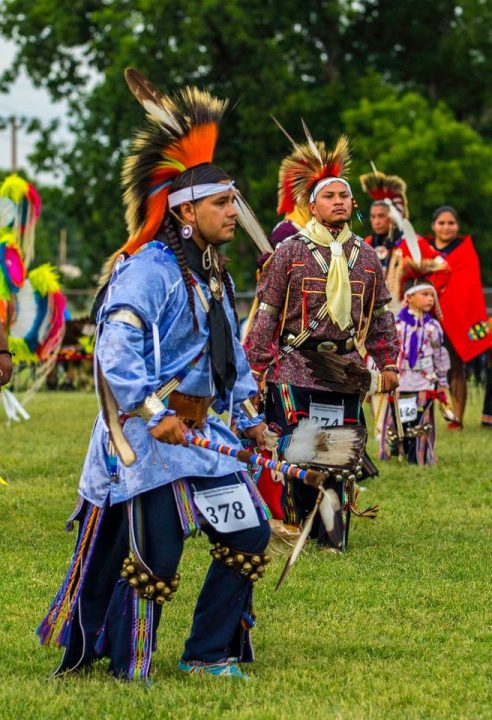
A: Well, let me tell you a story that I hope will explain. In 1984, I had a week-long Chautauqua program in Beatrice, Nebraska. While doing my hoop-dancing there, I caught wind of a “Pawnee Homecoming” in nearby Republic, Kansas.
I knew that the Pawnee once had a huge civilization centered in that region of the prairies and had been forcibly removed to Indian Territory, now the state of Oklahoma. In high school, our dorm supervisor, Mr. Roberts, was a proud, knowledgeable Pawnee citizen and explained that of the five bands (tribes), he was part Chaui and part Kitkehaki.
In Lakota we call all Pawnee “Scíli” — a Lakota rendering of their self-designation, “Skidi,” the northernmost band that often had conflictive relationships with the Lakota.
The current town of Republic, Kansas, is situated over the land where one of the principal Pawnee urban centers once existed. It would be interesting to trace the trajectory of the original idea, but apparently a movement began amongst the current Euro-American residents of Republic, Kansas in the 1940s to honor their original landlords and Indian veterans and host a “Pawnee Homecoming.”
When I arrived from Beatrice, the homecoming was in full swing. I spent most of the day there and enjoyed every minute. An enthusiastic delegation of about 100 Pawnees made the 4½ hour return trip to their ancestral lands and were warmly feted by the local citizenry, by people of every race.
I was able to attend the centerpiece weekend pow wow. But, throughout the week, the Pawnee had been giving seminars and workshops in local schools, museums, and clubs on various aspects of their civilization, history, and spiritual and devotional lives. They demonstrated their special arts, crafts, cooking, horticultural practices, and home/village construction. Of particular interest to me – the detailed tribal star lore.
This was nearly 40 years ago, but it is indelibly etched in my thinking as a model that can be emulated across the land to create an awareness of the ancient and living heritage of this land – even in an “ethnically cleansed” area. I sensed that it was cathartic, healing and revitalizing for all.
One thing really stood out: the Pawnee presenters attributed every good thing in their heritage directly to Tirawa Atius – “Heavenly Father.”
RELATED: Indigenous Land and Spiritual Acknowledgment
Q: I understand that in the latest newsletter of the Patricia Locke Foundation, you have offered an example of an Indigenous Land and Spiritual Acknowledgment, to serve as a model and starting point for similar acknowledgments, with the understanding that each such acknowledgment needs to be adapted to the local Indigenous context. Your thoughts?
A: If I were to extemporaneously come up with an “Indigenous Land and Spiritual Acknowledgment,” it would include some of the following concepts, which include but also transcend the land acknowledgement to a universal spiritual mandate for everyone.
Indigenous land acknowledgement is an ancient custom. In Lakota country, a formal acknowledgement or welcome is done using the sacred pipe, thereby invoking the universal divine teachings of respect and hospitality.
Many of the early European immigrants document the universal North American custom of enkindling a sacred fire at the outset of every formal gathering, thereby symbolically calling on the heavenly powers to witness the prayers and consultations made on behalf of all creation past, present and future, and also properly acknowledging and welcoming the new arrivals who are unfamiliar with the ways of this land. Observing these protocols not only brought blessings upon the proceedings, but also modeled proper behaviors, thereby laying the foundation for future amicable relationships. We would do well at present to reflect on this good example and rekindle the flame of good will and reciprocity among all peoples.
Canada, Australia and New Zealand stand out in taking the lead in Indigenous land acknowledgment in organizing gatherings, events and at the start of the school day. Particularly, Canada officially adopted this practice as a result of the “Peace and Reconciliation” movement initiated by Parliament. Even though the Indigenous populations of both Canada and the US are comparable, Canada has a tenth of the overall population with the non-Indigenous populace mostly situated against the US border. Therefore, the vast majority of the Canadian geography is overwhelmingly Indigenous demographically, linguistically and culturally, thus necessitating national recognition of this reality.
In the wake of the resurgent awareness of the need for civil rights and race amity, recognition of the basic spiritual foundation of the land upon which we all abide becomes more apparent also in the US. As US citizens become increasingly aware of the fact that this fledgling nation was founded on genocide, slavery and rampant assault on our sacred trust, Grandmother Earth, the practice of an acknowledgement can potentially evolve into an opportunity to not only set the record straight but to, more importantly, embrace each other and move toward our collective bright future as a unified people, nurturing each other to bring our contributions to an unfolding global civilization.
The underlying source of sovereignty, all good and every blessing comes from the Creator/Grandfather/God. When we acknowledge the divine footprints of those holy souls who enjoined universal spiritual laws in this land, then we transcend the limitations of locality, politics, nationalism, etc., and begin to acknowledge the truth that unites us all. Therefore, it may be relevant to sharpen the focus of the land acknowledgement practice to the spiritual mandate that fuels the universal inspiration for all humanity:
Grandfather above, we acknowledge the holy ones you have sent upon this land to kindle the sacred fire in the hearts of us — your grandchildren. We are eternally grateful that, in ancient times, you have sent Deganawida, the Peacemaker, White Buffalo Calf Woman, Breath Maker, Sweet Medicine and a myriad others to breathe holiness and beauty upon this Turtle Island and your grandchildren here, and to teach us Your laws and to enable us to draw close to You and especially to love and cherish our relative, Grandmother Earth, and all that dwell upon her. In particular we acknowledge the holy ones You have sent to the spot upon which we stand and the nations and kindreds who have been the custodians of that sacred trust. We ask that You breathe upon and fan the embers of the fire of love and faith in our hearts and minds, that our footsteps may tread Your path and we may restore peace and order upon this blessed land.
Q: Thank you, Kevin – what a beautiful acknowledgment! In the next installment in this series, we’ll talk more about how to practically implement it.


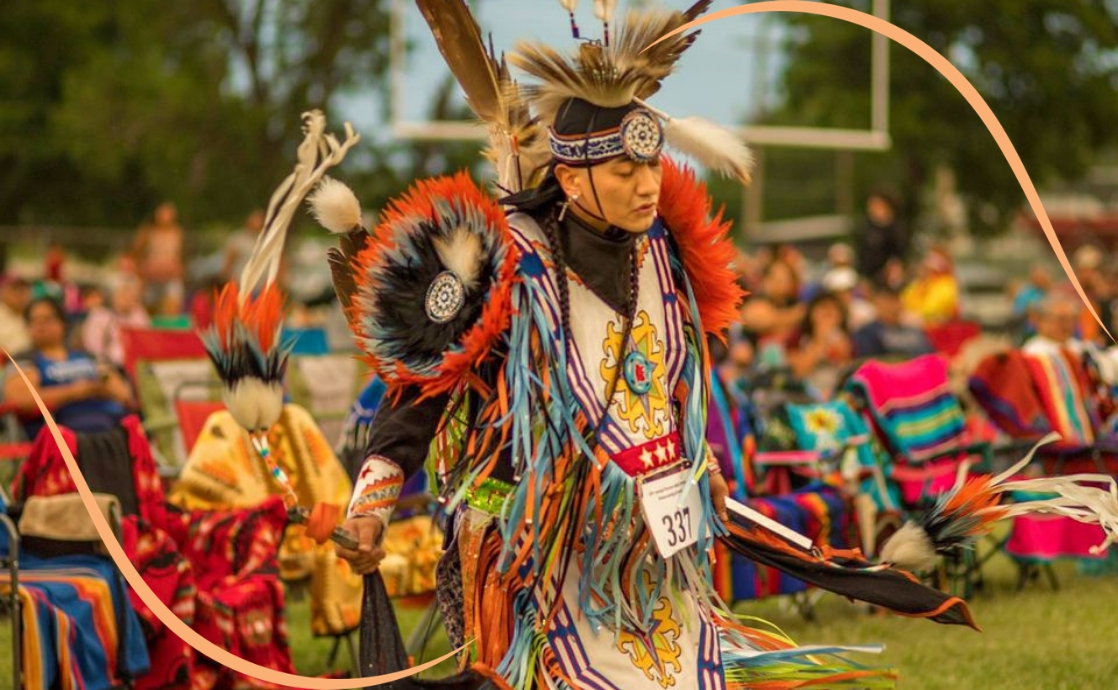

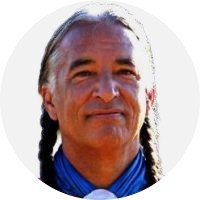

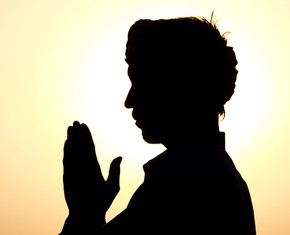
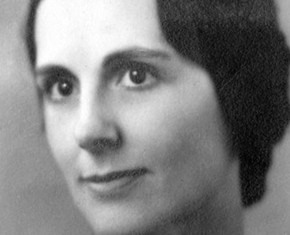









Comments
Sign in or create an account
Continue with Googleor